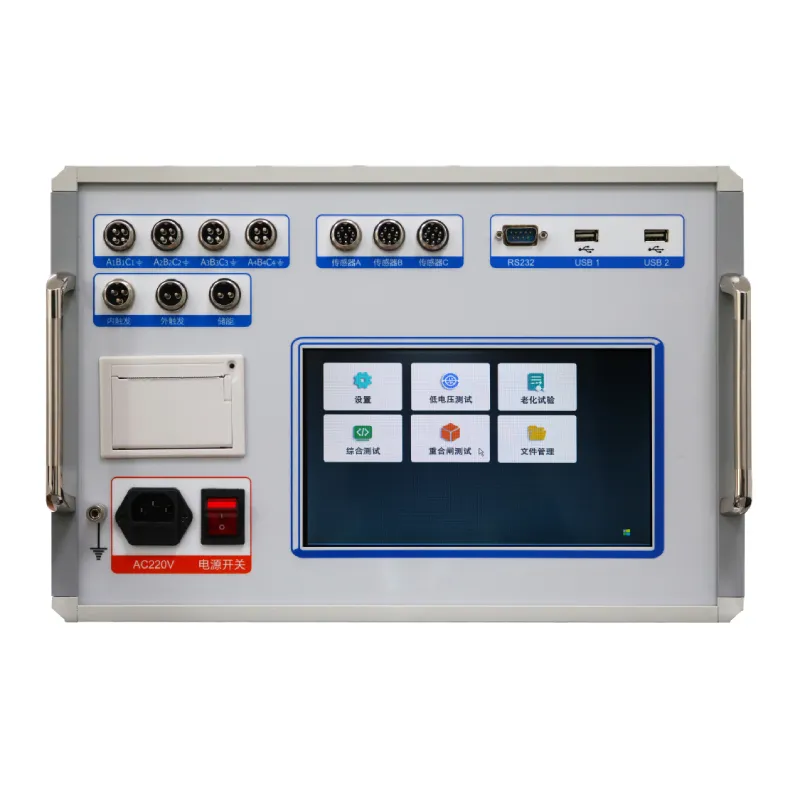 English
English



-
 Afrikaans
Afrikaans -
 Albanian
Albanian -
 Amharic
Amharic -
 Arabic
Arabic -
 Armenian
Armenian -
 Azerbaijani
Azerbaijani -
 Basque
Basque -
 Belarusian
Belarusian -
 Bengali
Bengali -
 Bosnian
Bosnian -
 Bulgarian
Bulgarian -
 Catalan
Catalan -
 Cebuano
Cebuano -
 China
China -
 China (Taiwan)
China (Taiwan) -
 Corsican
Corsican -
 Croatian
Croatian -
 Czech
Czech -
 Danish
Danish -
 Dutch
Dutch -
 English
English -
 Esperanto
Esperanto -
 Estonian
Estonian -
 Finnish
Finnish -
 French
French -
 Frisian
Frisian -
 Galician
Galician -
 Georgian
Georgian -
 German
German -
 Greek
Greek -
 Gujarati
Gujarati -
 Haitian Creole
Haitian Creole -
 hausa
hausa -
 hawaiian
hawaiian -
 Hebrew
Hebrew -
 Hindi
Hindi -
 Miao
Miao -
 Hungarian
Hungarian -
 Icelandic
Icelandic -
 igbo
igbo -
 Indonesian
Indonesian -
 irish
irish -
 Italian
Italian -
 Japanese
Japanese -
 Javanese
Javanese -
 Kannada
Kannada -
 kazakh
kazakh -
 Khmer
Khmer -
 Rwandese
Rwandese -
 Korean
Korean -
 Kurdish
Kurdish -
 Kyrgyz
Kyrgyz -
 Lao
Lao -
 Latin
Latin -
 Latvian
Latvian -
 Lithuanian
Lithuanian -
 Luxembourgish
Luxembourgish -
 Macedonian
Macedonian -
 Malgashi
Malgashi -
 Malay
Malay -
 Malayalam
Malayalam -
 Maltese
Maltese -
 Maori
Maori -
 Marathi
Marathi -
 Mongolian
Mongolian -
 Myanmar
Myanmar -
 Nepali
Nepali -
 Norwegian
Norwegian -
 Norwegian
Norwegian -
 Occitan
Occitan -
 Pashto
Pashto -
 Persian
Persian -
 Polish
Polish -
 Portuguese
Portuguese -
 Punjabi
Punjabi -
 Romanian
Romanian -
 Russian
Russian -
 Samoan
Samoan -
 Scottish Gaelic
Scottish Gaelic -
 Serbian
Serbian -
 Sesotho
Sesotho -
 Shona
Shona -
 Sindhi
Sindhi -
 Sinhala
Sinhala -
 Slovak
Slovak -
 Slovenian
Slovenian -
 Somali
Somali -
 Spanish
Spanish -
 Sundanese
Sundanese -
 Swahili
Swahili -
 Swedish
Swedish -
 Tagalog
Tagalog -
 Tajik
Tajik -
 Tamil
Tamil -
 Tatar
Tatar -
 Telugu
Telugu -
 Thai
Thai -
 Turkish
Turkish -
 Turkmen
Turkmen -
 Ukrainian
Ukrainian -
 Urdu
Urdu -
 Uighur
Uighur -
 Uzbek
Uzbek -
 Vietnamese
Vietnamese -
 Welsh
Welsh -
 Bantu
Bantu -
 Yiddish
Yiddish -
 Yoruba
Yoruba -
 Zulu
Zulu
type test in transformer
Understanding Type Tests in Transformers An Overview
Transformers play a crucial role in the electrical power distribution system. They are used to step up or step down voltage levels, making power transmission more efficient and reliable. However, ensuring the proper functioning and safety of transformers is critical. This is where type tests come into play.
What are Type Tests?
Type tests are standardized assessments conducted on transformers to verify their performance according to specific design and manufacturing standards. These tests evaluate various electrical, mechanical, and thermal properties, ensuring that a transformer can operate safely and effectively under its intended conditions. Type tests are usually performed on a prototype unit before mass production, ensuring that all units manufactured meet the same quality standards.
Importance of Type Tests
Conducting type tests is essential for several reasons
1. Safety Assurance Transformers operate under high voltages and currents, which can pose significant risks. Type tests help identify any potential design flaws that could lead to failures, thus ensuring the safety of both equipment and personnel.
2. Performance Verification Type tests verify that the transformers meet the specified performance criteria. This includes evaluating parameters such as efficiency, voltage regulation, and thermal performance to ensure they can handle the expected load over their operational lifespan.
3. Compliance with Standards Transformers must comply with national and international standards, such as the IEC (International Electrotechnical Commission) standards. Type tests confirm that the transformers meet these regulations, which is crucial for market acceptance and legal compliance.
4. Quality Control Type tests help manufacturers maintain quality control over their production process. When a transformer fails a type test, it signals a need for design revisions or improvements in manufacturing techniques.
type test in transformer

Common Type Tests for Transformers
Several type tests are commonly conducted to assess different aspects of transformer design and performance
1. Temperature Rise Test This test measures how much the temperature of the transformer rises during operation. It's essential for determining the transformer’s thermal performance and ensuring it operates within safe limits.
2. Short-Circuit Test This test simulates fault conditions to evaluate the transformer's ability to withstand short circuits without sustaining damage. It helps in analyzing the mechanical and thermal stresses a transformer can endure.
3. Insulation Resistance Test This evaluates the insulation's effectiveness, ensuring that there is no excessive leakage current that could lead to transformer failure.
4. Ratio Test This tests the transformer's turns ratio, confirming that the voltage transformation is within specified limits.
5. Power Factor Test This assesses the quality of the insulation system, providing insights into potential degradation or moisture ingress over time.
Conclusion
Type tests are indispensable in the life cycle of a transformer. They not only provide assurance of safety and reliability but also enhance the overall quality of the product. By adhering to rigorous testing protocols, manufacturers can ensure that their transformers function efficiently in the demanding environments they are often placed in. As the energy sector evolves and demand for reliable power supply increases, the significance of thorough type testing continues to grow, forming a cornerstone of transformer design and production that cannot be overlooked. Thus, understanding and implementing these tests is crucial for anyone involved in transformer engineering, manufacturing, or maintenance.
-
Testing Equipment Industry Sees Major Advancements in 2025: Smart & Precision Technologies Lead the WayNewsJun.06,2025
-
Applications of Direct Current Generators in Renewable Energy SystemsNewsJun.05,2025
-
Hipot Tester Calibration and Accuracy GuidelinesNewsJun.05,2025
-
Digital Circuit Breaker Analyzer Features and BenefitsNewsJun.05,2025
-
Benefits of Real-Time Power Quality Monitoring Devices for Industrial EfficiencyNewsJun.05,2025
-
Earth Fault Loop Testing in High-Rise Building Electrical SystemsNewsJun.05,2025



